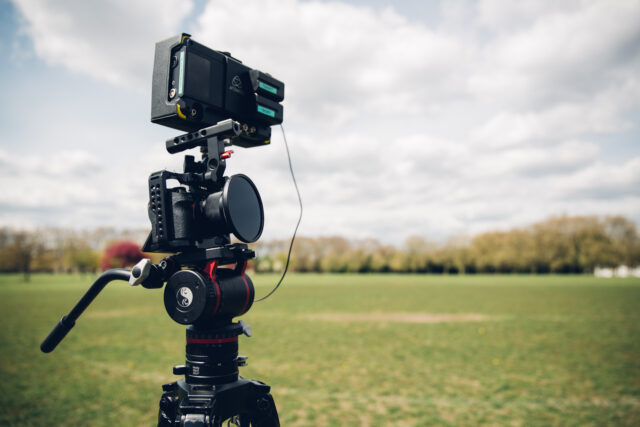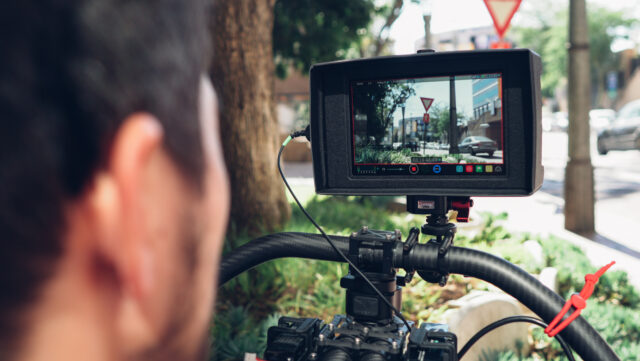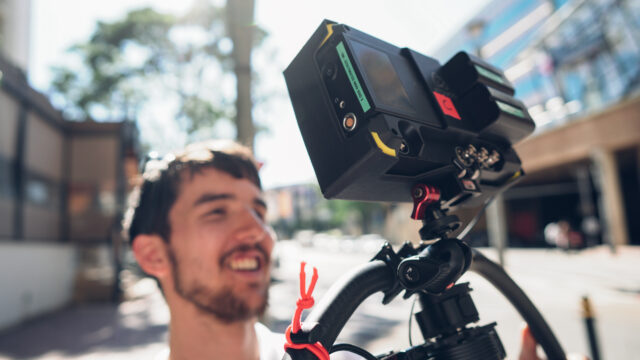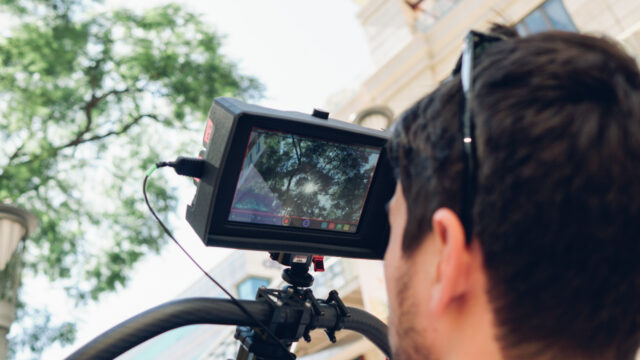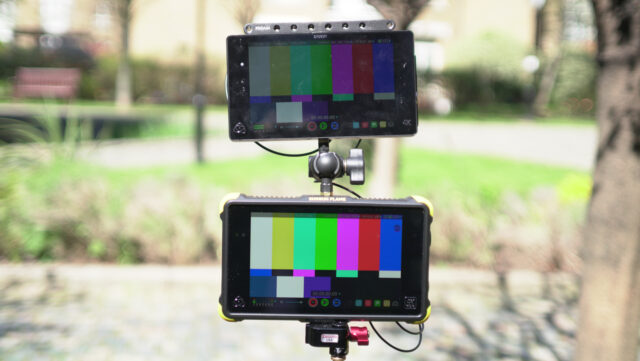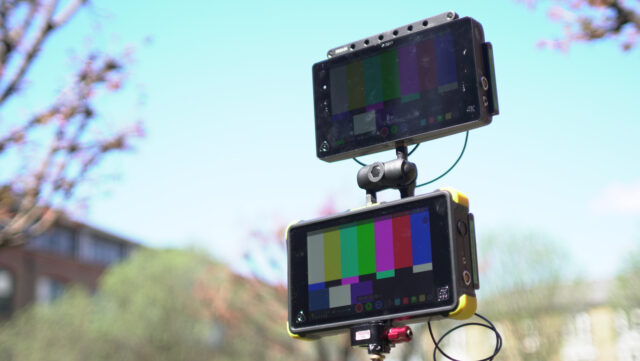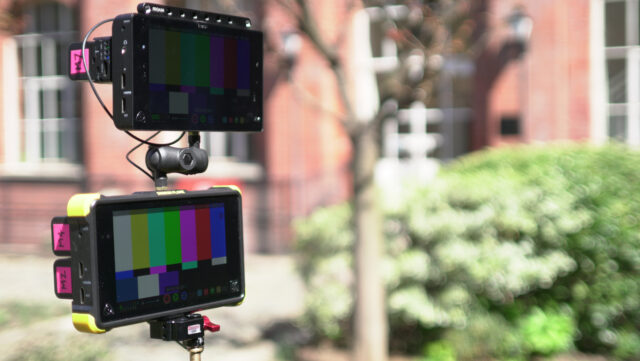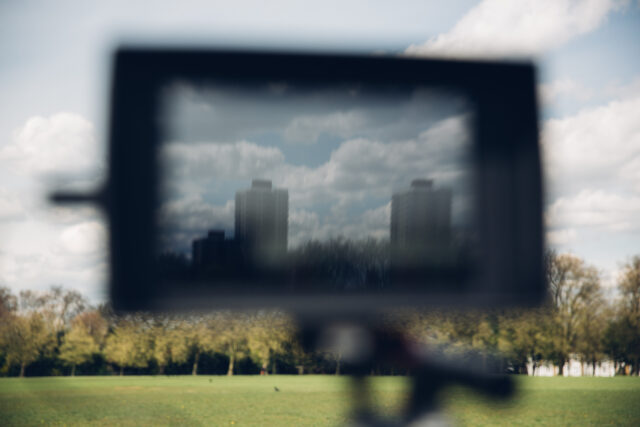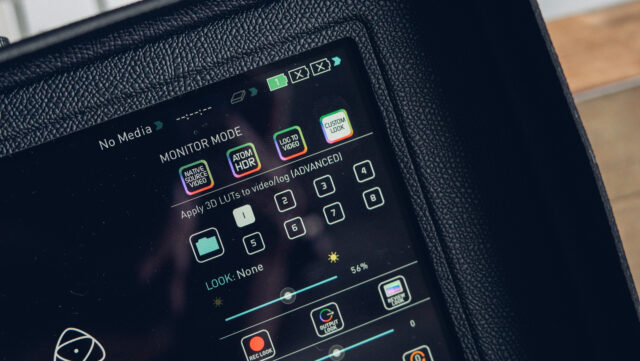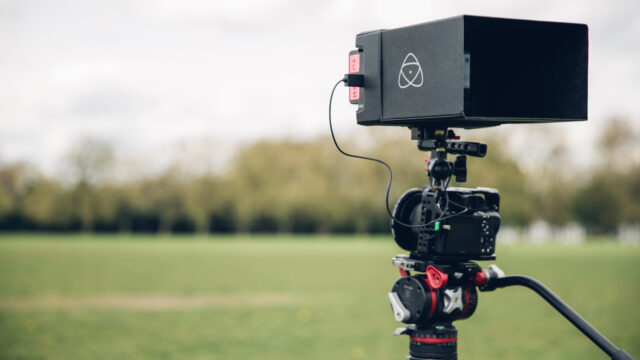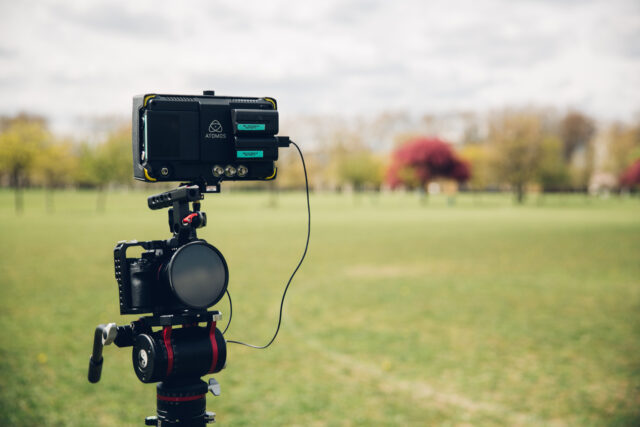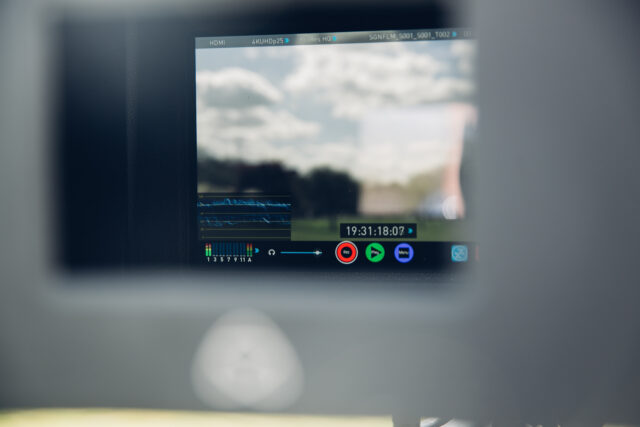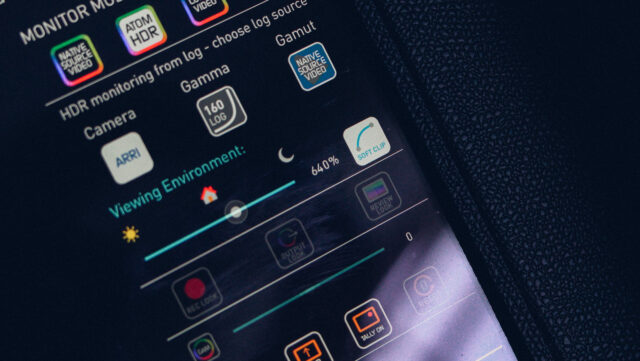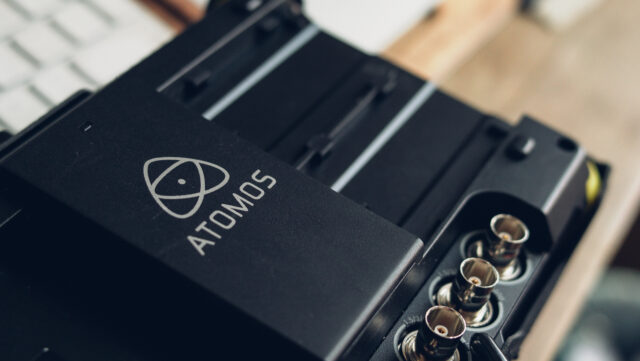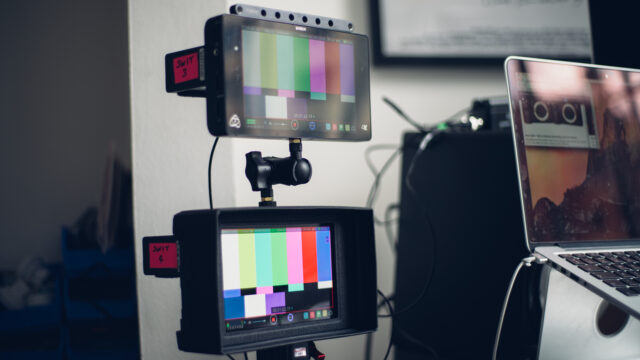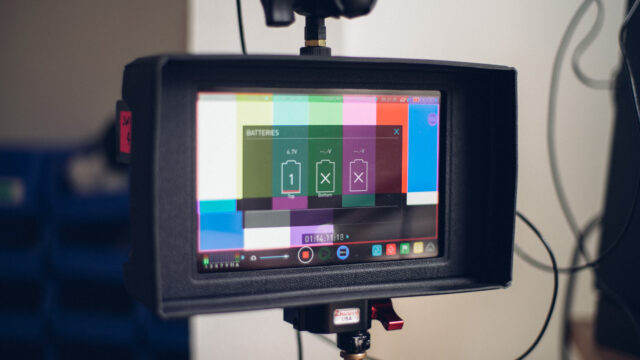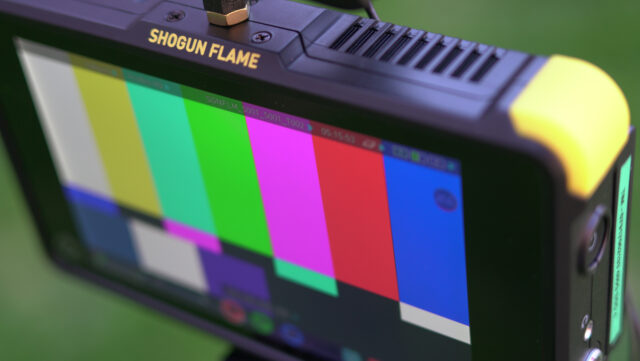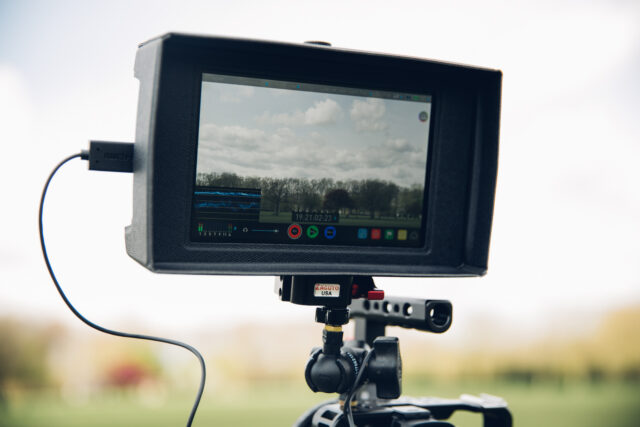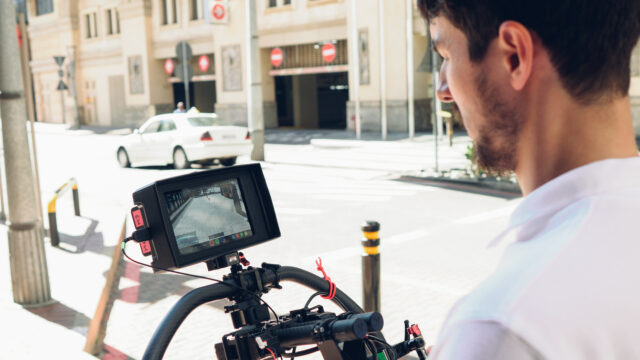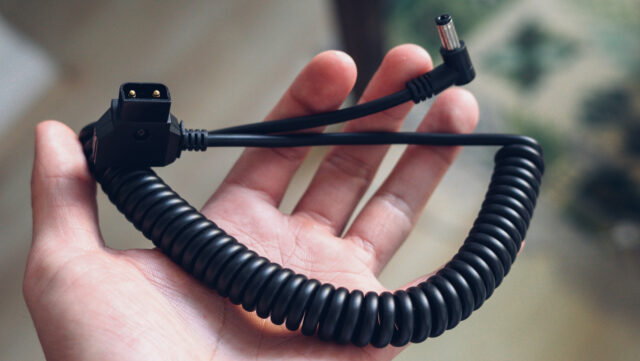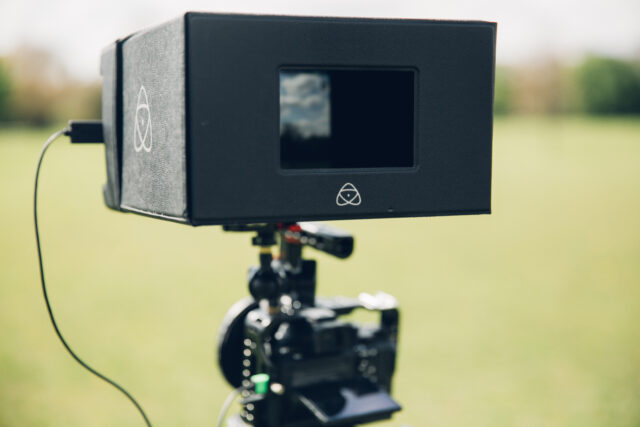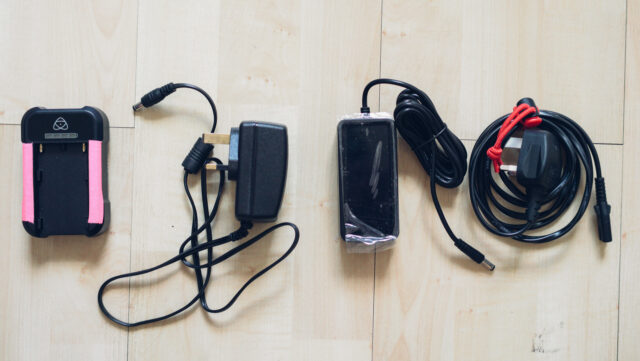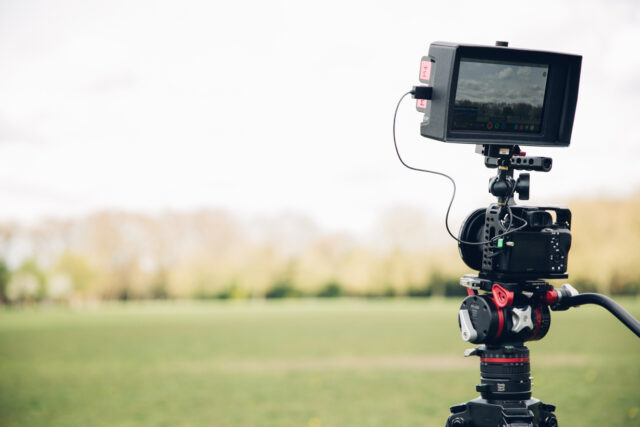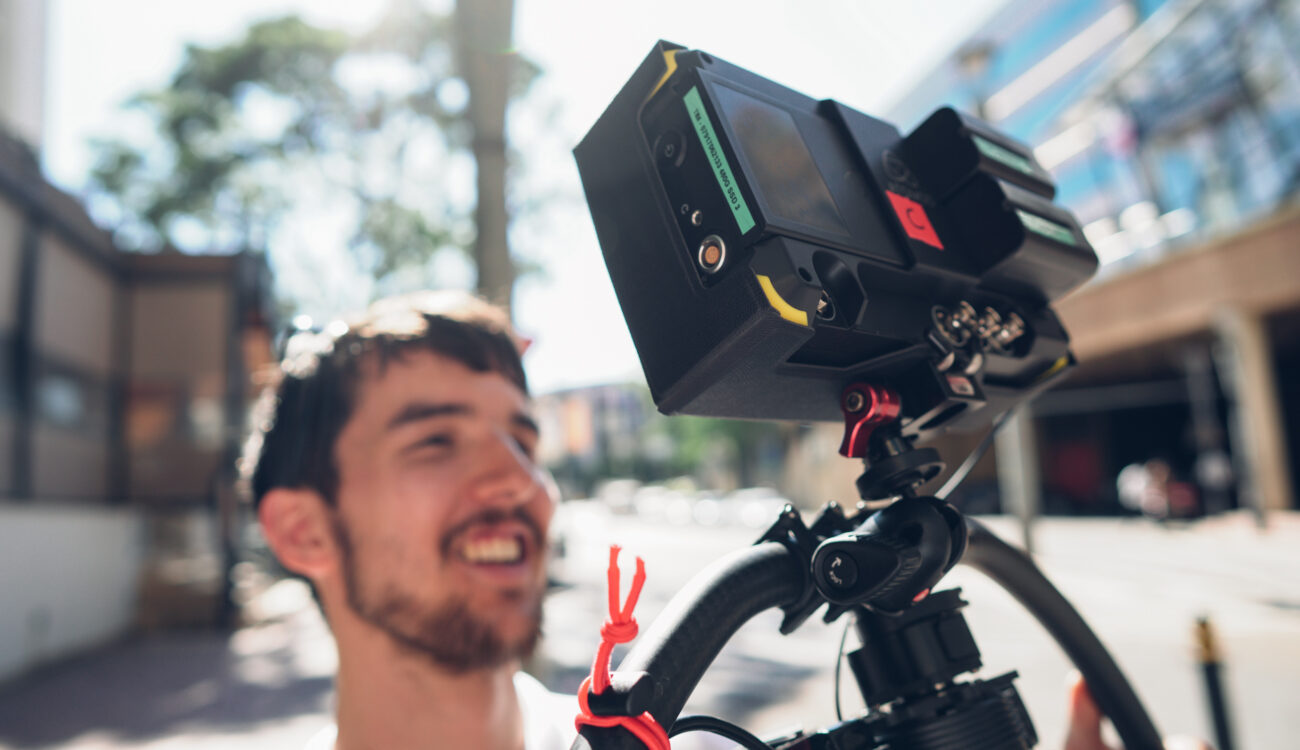
Atomos has had a string of announcements over the last couple of months, most notably three new 1500-nit, HDR-ready field monitors/recorders. I got hold of one of the first batch of their Shogun Flame units in for review.
When the Atomos announced the Flame series (Shogun, Ninja and now Inferno), I was very intrigued.
I’ve been a long-time user of Atomos recorders, and have owned the original Atomos Shogun since not long after it came out a few years ago.
I had a feeling of what to expect with the Flame recorders: daylight viewable display, dual battery port, better build, HDR view, these things looked nice.
Before I get into my review fully, here’s my TL DR (too long, didn’t read):
The Atomos Shogun Flame is a worthy upgrade to the original Shogun. Whilst the original 7” monitor/recorder was great value, there were many points where a mark II could improve on.
The Shogun Flame addresses some key issues and then some. Dual battery slots and a better build are reasons enough to upgrade, but the addition of a 1500-nit, 10-bit panel really puts the Flame line in a different class to the original Shogun and Ninja Assassin.
And that’s even before we get to the new HDR view feature. Whilst on the surface it seems a little gimmicky, it has proven to be a genuinely handy tool for monitoring super flat log sources like Sony S-log.
However, I personally feel 7” is still too big of a display for on-camera monitoring, especially on smaller cameras like the Sony Alpha series. A smaller 5.5” version would’ve been a much more ergonomically sound decision.
Atomos Shogun Flame Review
For the full list of features of the Shogun and Ninja Flame, check out my original news post here.
Here are the key features I picked up on as an update to the original Shogun, and the ones everyone will most likely be interested to hear about:
- 1500-nit Daylight View Display
- 10-bit Panel
- HDR View Feature
- Improved Build Quality
- Dual Battery Slots
And here is a list of downfalls of the original Atomos Shogun that I was hoping would be addressed with the Shogun Flame:
- Poor on-camera form factor
- Glare-prone screen
- Poor power performance
- Some batteries sit loose in the mount
- Delicate Build Quality
Lets see how the new features line up and how many of the above issues have been addressed.
Daylight Viewable Display
This feature is a huge selling point for me. I’ve been after a daylight viewable display for some time now for Movi operation, as I find hoods and gimbals don’t get on. Add to this the Shogun Flame’s ProRes recording capabilities, and you have a huge plus.
It’s not just marketing jargon, this thing really is bright.
Matt Allard from NewsShooter proved with a light meter that the claim of 1500 nits was accurate, but you can see below just how that translates in the real world.
Comparing the Atomos Shogun and Atomos Shogun Flame you can see just how much easier it is to see the latter in daylight environments.
Both monitors were receiving the same test pattern from a single Atomos H2S converter at their respective most bright setting.
It seems that the viewing angle of the Shogun Flame is also improved. I wouldn’t say that glare is any more controlled (both are glossy displays), but the increased brightness often creates the perception that it is better.
The Modes
One thing Atomos mention in their marketing is the choice to switch between HDR mode and daylight viewable mode. In fact there are four modes: Native Source Video, Atom HDR, Log To Video and Custom Look.
Native Source is simply what the monitor receives from the camera, without any further processing. Every viewing feature is greyed out here except for the brightness scale.
AtomHDR is the new HDR feature, I’ll come to this in more detail, but here you can choose your camera type, gamma and gamut as well as enable soft clip and Viewing Environment (brightness).
Log To Video has the same camera/gamma/gamut choices as AtomHDR, but also converts your signal into a Rec709 profile, just like the pre-loaded LUTs do on the original Shogun.
Custom Look is where you have the option to load in custom LUTs. This is the only mode that allows you to record the look, output the look downstream and review the look in split screen mode. You cannot burn in the AtomHDR or Log To Video modes.
My understanding was that there would be an obvious switch in brightness between AtomHDR and the three other modes. In other words, you could either have 1500 nits of brightness or HDR view. However the reduction in brightness is not very apparent at all. In fact, under circumstances such as with super flat images, AtomHDR mode often looks brighter than Native Source mode!
AtomHDR View in depth
When I first read about this feature, the first thing that came to mind was “gimmick”. What sounds like some brand new exciting technology is, in essence, just a specific LUT that makes use of the high dynamic range of a log image on a 10-bit panel.
Plugging in my Canon C100 Mark II and playing around, I struggled to see value in the new feature: it added too much colour and contrast, and it was really hard to gauge exposure.
However, after further experimenting in this mode with S-log on the Sony A7RII, I’ve changed my mind.
The Shogun Flame includes support for Arri, Sony, Canon and Panasonic log modes. For super-flat log profiles such as S-log, this is a very nice way to expose, view and shoot. C-log is less flat, making this mode less necessary.
The mode adds vibrancy and contrast without comprising the dynamic range too much. This is a headache I regularly struggle with as an operator: view the log feed from the camera and put up with a super flat & ugly image, or convert it to Rec709 to see some contrast and accept that you’re not viewing all of your available dynamic range.
Sure, you can go ahead and make your own custom LUTs that do this, but it’s nice to have a device that has done the groundwork already and has a formula that works for a variety of log formats.
Watch Your Exposure
There’s one fundamental feature that makes the AtomHDR mode a very useful viewing tool, and whose absence would make this mode a bit redundant.
That is that the waveform monitor is not affected when switching between viewing modes. In other words, what you see on the waveform monitor is what you’re recording, not what you’re viewing.
Exposing in AtomHDR mode should come with great caution: if you don’t know what you’re doing it is very easy to mis-expose. For example, let’s look at the Viewing Environment. While it seems to adjust the luminance of the screen in Native Video Mode, it works differently within AtomHDR, where it looks like a shift in mid point, creating the illusion that you are changing the exposure of the camera.
The key is to use the waveform monitor. Expose in Native Source Mode using the waveform monitor first, then switch to AtomHDR and adjust your Viewing Environment until you’re happy with the luminance of the screen.
Power Consumption and Implementation
For me, the biggest drawback on the original Shogun was the combination of hungry power consumption and a single battery slot. In addition, I’ve found quite a few batteries that don’t sit snuggly on the battery mount. Conclusion: power is not so much fun on the Shogun.
The Atomos Shogun Flame has two battery slots: instant win. They also feel sturdier, and I found little to no play with the batteries from my original Shogun.
However, I assumed the increased brightness panel on the Flame and the inclusion of two battery slots would translate as greater power consumption on what was already a thirsty system.
To test this, I conducted an unscientific experiment. Using my Atomos H2S, I sent the same test pattern signal to both 7” recorders, and set both screens to their brightest most modes. I attached two new batteries I’d bought from the same supplier at the same time (both fully charged).
I then hit record simultaneously and left them running; the monitor with the longest recording would obviously have a better power consumption.
I expected the Shogun Flame to be a good 30% worse in power consumption, but to my surprise, it cut out only 6 minutes earlier than the original Shogun.
This was of course unscientific. There could be a small discrepancy between the batteries and so on, but if there were any glaring differences, I’d have been sure to have found them here.
Also, the option to hot swap batteries on the Shogun Flame makes it a much better system, without any evident detrimental effects from the added brightness.
One thing that hasn’t been addressed is that the monitor still gives the impression to be running out of battery long before it actually is.
You get a red battery warning at around the 6.5 volts, which is unnecessary as you often have a lot longer than you think.
It would be nice for the battery indicator to have an amber period to fix this: Green>Amber>Red.
Build Quality
Atomos made a point of stating that the build quality had been improved on the Flame line.
The original Shogun does indeed feel delicate. I’ve handled a few different units over the years and each has had its quirks, with buttons not quite sitting straight, edges that are starting to split, or vents that feel vulnerable.
The Shogun Flame definitely feels like an upgrade in this regard: it feels stronger and the vents are less exposed.
The rubber edges are a nice touch also, although personally I really don’t like the garish yellow/red. I keep the frame of the hood on all the time, which adds protection and hides the yellow.
It’s certainly not bulletproof. You can see exposed wires through gaps. In this regard, my SmallHD 502 feels like a step up in build for sure.
Boot Up Time & Fan
Boot up time for the Atomos Shogun Flame takes around 10 seconds, considerably more than the 2-3 seconds of the original Shogun.
On boot up there’s also a loud fan noise, which drops to an almost inaudible level once the device is ready. It does, however, sound louder than the original.
Other Features
Having used Atomos products for so long it’s often easy to overlook the many features that are packed into these devices.
So far I’ve listed features that make the Atomos Shogun Flame a standout upgrade to the original Shogun. However, if you haven’t used the previous monitor and are perhaps new to Atomos recorders in general, here are some of its handy features:
- HDMI/SDI cross conversion
- Trigger start/stop for various cameras
- 4K>HD down conversion
- Pull Down for Interlace to Progressive Conversion
- Pre-Roll
- Timelapse
- Timecode Config and retrieve from source
- Apple ProRes 422, LT and HQ Recording
- Avid DNxHD 220x, 220,145 and 36
- 1080 up to 120p
- 4K up to 30p
- Customizable Scopes (waveform, RGB parade, vectorscope, luma overlay)
- Customizable Peaking, False Color, Zebra, Focus Zoom
- Aspect Ratio Overlays, Anamorphic De-squeezes
- Metadata tagging
- Image flip, Display off when locked
- Custom LUT, Rec look and Send Look Downstream
Accessories
Like the original Shogun, the Shogun Flame package comes with an array of accessories, including hard drive caddies, USB 3 reader, charger, and AC cable.
The hard case as standard is great; the Shogun Flame’s mandatory yellow colour… not so much.
There are a few other changes; one is the inclusion of D-tap out as standard. This comes in the form of a lovely coiled D-tap to jack cable, which in previous incarnations was a separate dummy battery.
The hood also comes as standard which is nice.
And, most importantly, the charger is vastly improved. Whilst original Shogun users were moping about on the floor after a triple whammy of an ill-fitting, single battery that drains faster than you can drop an anvil, they were dealt with a killer blow with the charger. It replenished batteries in periods closer to days, not hours: it literally took days to charge large NP-F970 sized batteries.
The new charger is much better; it displays a proper indicator and supposedly charges 3 times faster, although I reckon maybe even quicker.
What I don’t like, however, is that it comes with a large and hassle-to-travel-with AC/DC convertor. I fixed this by simply buying an all-in-one plug adaptor with the same specs.
Summary
I think Atomos has done a fantastic job in updating their very popular 4K field monitor/recorder line.
Previous problems mostly revolved around build and power, and these have been addressed as well as adding a great body of new features like 10-bit processing, AtomHDR and 1500-nit daylight viewing.
I still think the format is fundamentally flawed; 7” is too big and heavy in most scenarios as an on-camera monitor.
I would have loved to see the Shogun Flame and Ninja Flame in 5.5” form, and the Inferno in 7”. I think this would have made much more sense ergonomically (albeit more expensive to produce multiple panels).
Beyond the fancy marketing, I think there’s definitely a use for AtomHDR in viewing a high dynamic range image that doesn’t look flat and boring. But just be careful with how you expose the image.
I’d love to see the Shogun Flame alongside a SmallHD 702 in daylight. If you own the latter and are based in London, do give me a shout and we can compare.
Shooting with the Shogun Flame so much over the last few weeks has laid good ground for a solid opinion, but there’s still a lot more to check out and cover. If there’s anything you want to know, please let me know in the comments below; I’m definitely keen to try out more log modes in AtomHDR.
